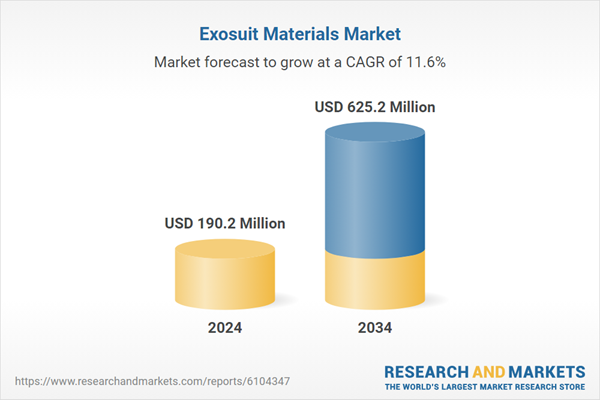These applications demand materials that are lightweight, flexible, durable, breathable, and skin-friendly to ensure comfort during extended wear. The growing global elderly population, increasing obesity rates, and rising rehabilitative needs post-injury are pushing manufacturers to utilize advanced textiles, soft robotics, and lightweight composites.
Providers are now focusing on smart fabrics, elastomers, and biometeorological materials designed to meet biomedical requirements. The military and defense sector also plays a major role in market growth, investing heavily in exosuits to enhance soldiers’ strength and endurance while minimizing injury risks. Military-grade exoskeletons require materials that withstand extreme thermal, abrasion, and environmental conditions, leading to demand for rigid yet lightweight substances like titanium alloys, ballistic fabrics, and carbon composites.
The carbon fiber composites segment led the market with revenue of USD 66.8 million in 2024 and is expected to reach USD 218.1 million by 2034. These composites are favored for their exceptional strength-to-weight ratio, allowing exosuits to support mechanical loads while maintaining freedom of movement. By enabling natural motion over longer periods, carbon fiber composites help reduce user fatigue. Their capacity to perform mechanically demanding tasks while being lighter than metals like steel or titanium makes them an ideal choice for exosuit construction.
The healthcare and rehabilitation segment dominated the market with a 37.6% share in 2024, driven by the increasing need for mobility-assistive devices for elderly care and injury recovery. Exosuits made from low-density, flexible, and biocompatible materials provide essential support to patients with limited mobility, such as those recovering from neurological injuries. These devices contribute significantly to therapy by assisting with motion guidance and resistance training, thereby enhancing recovery outcomes.
U.S. Exosuit Materials Market was valued at USD 59.8 million in 2024. Demand in the U.S. is fueled by a growing aging population and higher rates of mobility impairments due to strokes, musculoskeletal disorders, and long-term rehabilitation requirements. Soft exosuits have become a common tool in physical therapy, promoting muscle strength, reducing fatigue, and improving patient recovery.
Leading players in the Exosuit Materials Market include Hexcel Corporation, Toray Industries, Toyobo, Teijin Limited, and DuPont de Nemours. Companies in the exosuit materials market are focusing on innovation by developing advanced, lightweight, and durable materials that enhance wearer comfort and performance. Strategic collaborations with research institutions and technology providers accelerate the introduction of smart fabrics and composites designed for both medical and military applications. Expanding production capacities and global distribution networks enable firms to meet increasing demand across healthcare and defense sectors.
Additionally, many companies are investing in sustainability initiatives by developing eco-friendly materials and manufacturing processes. Their emphasis on customization allows for tailored solutions that meet the specific biomechanical and environmental needs of various end users, strengthening their competitive edge in this rapidly evolving market.
Comprehensive Market Analysis and Forecast
- Industry trends, key growth drivers, challenges, future opportunities, and regulatory landscape
- Competitive landscape with Porter’s Five Forces and PESTEL analysis
- Market size, segmentation, and regional forecasts
- In-depth company profiles, business strategies, financial insights, and SWOT analysis
This product will be delivered within 2-4 business days.
Table of Contents
COMPANIES MENTIONED
The companies featured in this exosuit materials market report include:- Toray Industries
- Teijin Limited
- Hexcel Corporation
- DuPont de Nemours
- Toyobo
- Mitsubishi Chemical Holdings
- Solvay
- Covestro
- BASF
- DSM
- Honeywell International
- W. L. Gore & Associates
- Arkema Group
- Evonik Industries AG
- Victrex plc
- Kuraray
- SGL Carbon
- Toho Tenax
- Barrday
- Markforged
Table Information
| Report Attribute | Details |
|---|---|
| No. of Pages | 210 |
| Published | June 2025 |
| Forecast Period | 2024 - 2034 |
| Estimated Market Value ( USD | $ 190.2 Million |
| Forecasted Market Value ( USD | $ 625.2 Million |
| Compound Annual Growth Rate | 11.6% |
| Regions Covered | Global |
| No. of Companies Mentioned | 21 |









